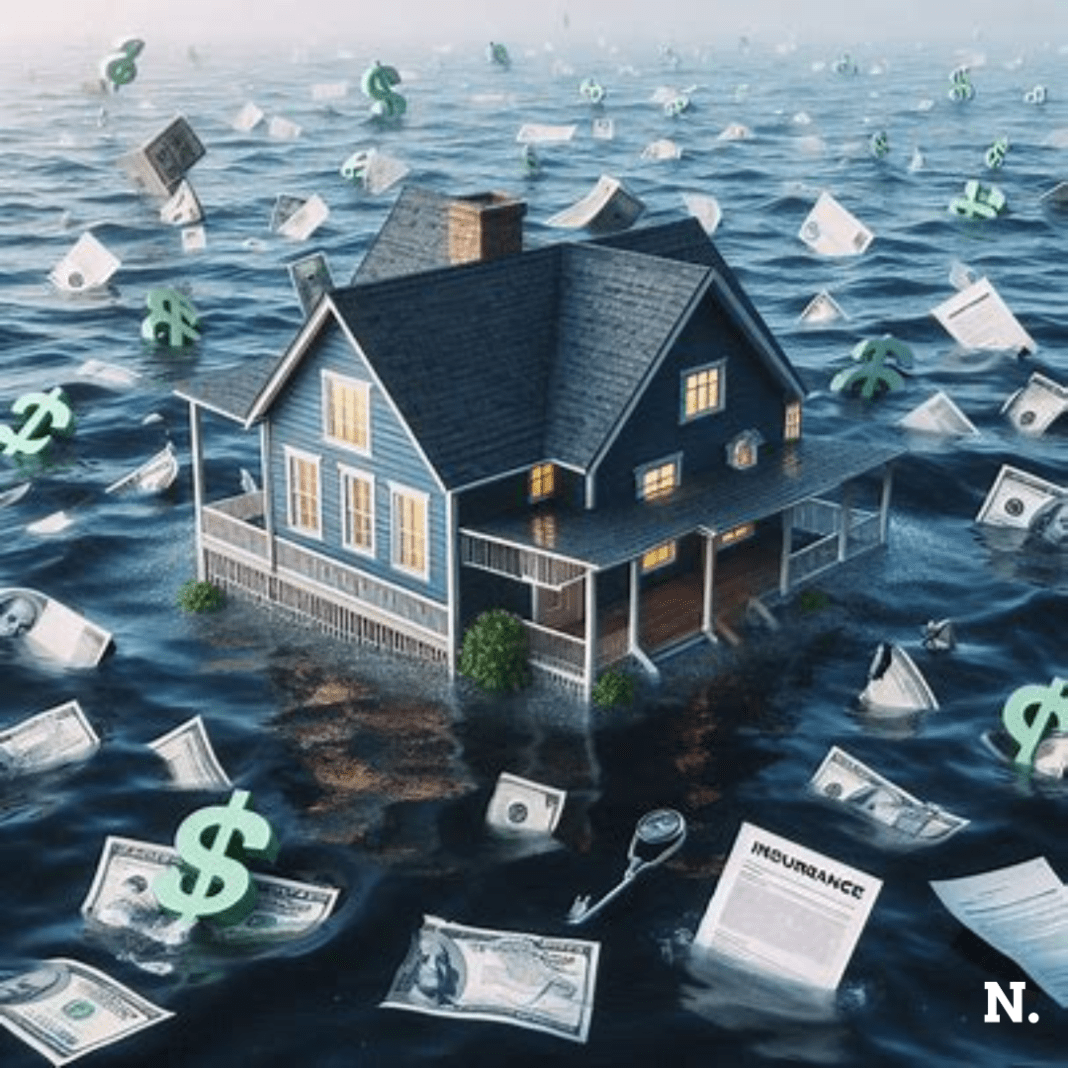Maria Lopez is a resident of Tampa who is finding an uphill struggle. Her home insurance premiums went up from the once relatively cheap $5,000 annually to well over $15,000. Conditions are dire for Lopez and hundreds who find that insurers are fleeing the state’s market while others jack up the rates astronomically. The situation has turned dire and affects not just homeowners across the state but beyond.
Climate change is a significant driver of this crisis. As freak weather events become more frequent and intense, insurers retreat from high-risk areas. But it’s in Florida that the insurance crisis for which the other states should be wary now has its epicenter.
Homeowners Struggle with Insurance Uncertainty
It is important to put the wider ramification of this crisis into perspective with the stories of homeowners such as Sarah Haverstick and Amy Beer. Haverstick, from Bradenton, got an unexpected notice from her insurance company saying that her coverage was canceled without warning. Similarly, Beer, from St. Petersburg, is facing a request for expensive roof replacement or else she would lose her insurance. This surprises both homeowners, along with many others, with abrupt cancellations in insurance or unaffordable premiums.
For St. Petersburg eye doctor Jeffrey Phillips, insurance rates have tripled, which is forcing him to rethink his financial future. Like many others, Phillips has had no recent claims and no recent damage, yet he finds himself stuck in this ever-increasing crisis with no good answer in sight.
Florida’s Home Insurance Market in Crisis
The home-insurance market in Florida is a disaster. It started with Hurricane Andrew back in 1992, one of the most expensive natural disasters in U.S. history. The storm generated billions of dollars in insurance claims and left thousands of homeward owners without coverage. Major insurers bailed out of the state, and Florida’s reaction since then has produced a string of problematic solutions.
State lawmakers created Citizens Property Insurance Corp., a state-run insurer, to take the place of what private companies were leaving. It was originally supposed to be temporary. But it has grown extremely quickly and cannot handle the demand now. Citizens now insure about 1.4 million homeowners, up from 420,000 five years ago.
Solutions aren’t Working; Costs Rise
The most naive thing Florida did was to invite new, small insurance companies into the market in a bid to stabilize it. These firms have minimal infrastructure and often get sister companies to provide services for them. It is easy, under such circumstances, to siphon off money from the insurance market, ensuring that the crisis continues unabated. Small insurers go to bankruptcy regularly which puts the houses in a disarray state of.
This has resulted in market instability marked by constant turnover of insurance companies and ineffective regulation. Many so-called reforms, like lawsuit limits on insurers and mandatory roof inspections, often favor insurers over protecting homeowners.
Climate Change as a Catalyst for the Crisis
The crisis in the insurance market is driven by the increasing frequency of hurricanes and other severe weather events. Florida has experienced a series of catastrophic storms since Hurricane Andrew, including eight hurricanes in 2004 and 2005, while four major hurricanes have hit the state in recent years. This pattern of disasters is a natural impetus for the insurance companies to retreat from high-hazard areas.
While this continues to get worse, other states also start having similar problems. Louisiana has the issue of hurricane-related losses, California is plagued by wildfires, and mid-western states are getting severe storms that are replete with tornadoes. The trend continued to unveil itself: climate change is rewriting home insurance across the nation.





